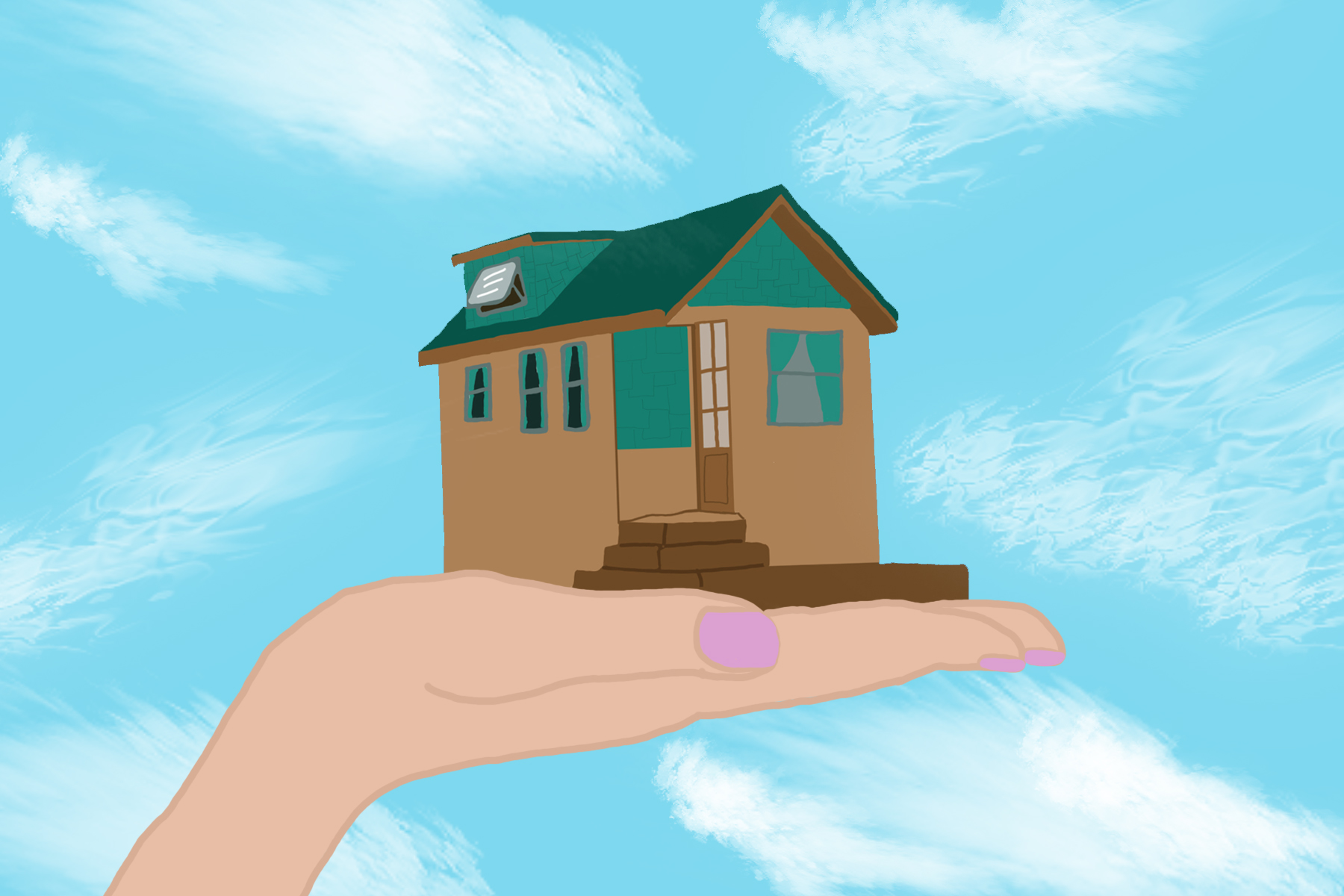Tiny houses are a growing trend with the housing market situation. By embracing a mobile home with a square footage of 100 to 400 feet, people are able to gain social and economic benefits from living small.
But what are they exactly? And why are they so relevant?
The Housing Boom
The 1950s was a golden era that saw a rise in homes being built. Favorable economic conditions coupled with protections of mortgage issuance and insurance encouraged investments in the real estate and construction industries. Building owners and planners used creativity to vamp up modern home decor and to innovate home design.
Over time, it seemed inevitable that houses would get fancier and expand in size; housing sizes continued to rise from an average of 1,780 feet in 1978 to 2,662 square feet in 2013, showing the strong correlation between upsizing and relative affluence. Excessive consumerism promoted the narrative of the need to own “McMansions” with fancy trimmings and grand statues.
Housing Crisis
However, the reality is that the urge to have large mansions and superior homes has drastically decreased within this decade. The financial crash of 2008 destroyed the housing market. The mortgage industry collapsed after it was exposed for its reckless practices.
The housing bubble finally popped as banks made bad investments in subprime mortgages and exotic housing derivatives. According to CNN, in 2008, over 3.1 million foreclosure filings were issued and 861,664 families lost their homes. Confidence fell in housing prices and the fantasy of owning a home shattered.
The housing market is slowly recovering after years of mistrust and lack of confidence in homeownership, but the recovery has not been smooth. A flurry of housing issues have emerged. In popular hotbeds, such as Seattle, San Francisco and New York, there’s a shortage of homes.
Land is limited and the only solution is to keep stacking homes vertically. Price tags are unaffordable, and rent continues to multiply by folds. In poorer areas, such as Detroit and cities in the Rust Belt, there’s an abundance of vacant homes, but low-income individuals in such areas do not always have the financial education or wealth to purchase them.
Congratulations to our Tiny House Family and Welcome Home to our new residents!!!! Hammer Tiny House Community is 100% Occupied!!! #Greensboro #NC #THCD pic.twitter.com/HVek9NGCvZ
— Tiny House Community Development, Inc (@TinyHousesGSO) October 29, 2019
Are tiny homes the answer to housing woes?
Tiny homes are economically efficient and socially optimum because they use up smaller plots of land, allowing for more homes to be packed in within the same area. This would help large urban areas that face issues of homelessness and frustrations that individuals have with cramped living quarters, sometimes mitigated with products from Internal Doors UK. Despite its appeals, cities have been reluctant to make changes to zoning laws. Hence, tiny houses are labeled “illegal residences” in certain jurisdictions.
Additionally, many consider downsizing to be attractive because of the drastically reduced costs. Tiny homes typically cost around $45,000 on average, while luxury tiny homes run up to $150,000. This includes the cost of land, materials, decor and construction. The aggregate costs, on average, are cheaper than buying a traditional house. As of May 2019, the U.S. median home price tipped the scale at a whopping $315,000, which is double the amount paid for top-tier tiny homes.
In the long run, savings are also recuperated as hidden expenses of owning a home disappear. There’s no interest or taxes to be paid for a tiny home and the costs of repair, maintenance and improvements are significantly reduced. The cost of utilities are also reduced as a tiny home can run on renewable energy sources, including solar panels and composting toilets.
How do they differ from traditional homes?
A traditional home is associated with peace, serenity and comfort. Many are skeptical about living small because it means a trade off of all these things. Despite that perception, buying a tiny home does not entail giving up on the necessities that come with a traditional home. Tiny homeowners can allocate space wisely to include a kitchen, bathroom, sleeping loft and storage cubicles for their place. Only luxuries, such as a dining room or entertainment center, would have to be sacrificed.
There are also unique benefits that come with owning a tiny home. Since they are equipped with wheels for moving, owners now have the wonderful opportunity to see new sights. The potential for scenic changes is great and pace of life does not have to be monotonous. For homeowners that are constantly uprooting themselves, this alternative lifestyle seems to bring in fun and excitement.
Tiny Home Movement: Alternative to the Mainstream?
The tiny homes movement has been brought up as a solution to mainstream problems that affect the masses today. Despite that, there are opponents who see this movement as escapist. Many individuals choose to embrace it as a philosophy and way of living. To them, it’s not about the savings or cheap appeal of living small.
It’s about finding what true happiness is. It’s living a life where simplicity and minimalism is to be embraced. A sense of freedom is achieved when people are not tied down by material goods and excessive consumerism. There’s more time and energy devoted toward seeking new non-tangible experiences. It also opens up opportunities to meet and bond with like-minded individuals who feel the same way.
https://twitter.com/coughtaling/status/1203385615217299457
The tiny home movement has taken America by storm. It is a legitimate solution to the nationwide housing epidemic. By having this option, the playing field becomes leveled. Housing becomes more accessible for the poor. Beyond that, its momentous rise has shown a willingness by people to accept creative innovations and designs to practical problems.
















